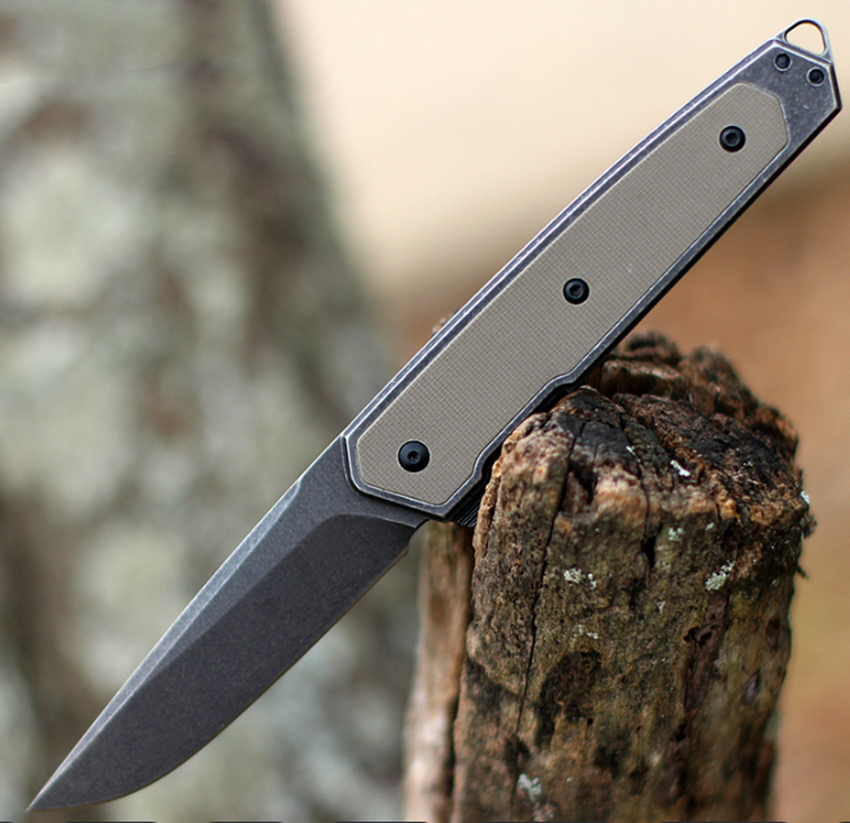![]() Windy
Windy
 WeChat
WeChat
 WhatsApp
WhatsApp
Click:352 seen
Why Do Outdoor Knives Have Black Coating On Them
The black coating on the tool surface is usually a substance called oxide. This black sediment is formed as a result of the oxidation of the metal on the
surface of the tool when it comes into contact with air. Oxide skin can protect the tool surface from corrosion and wear to a certain extent, but also can
increase the service life. At the same time, black is not easy to reflect light, and it is not easy to be found on the battlefield.
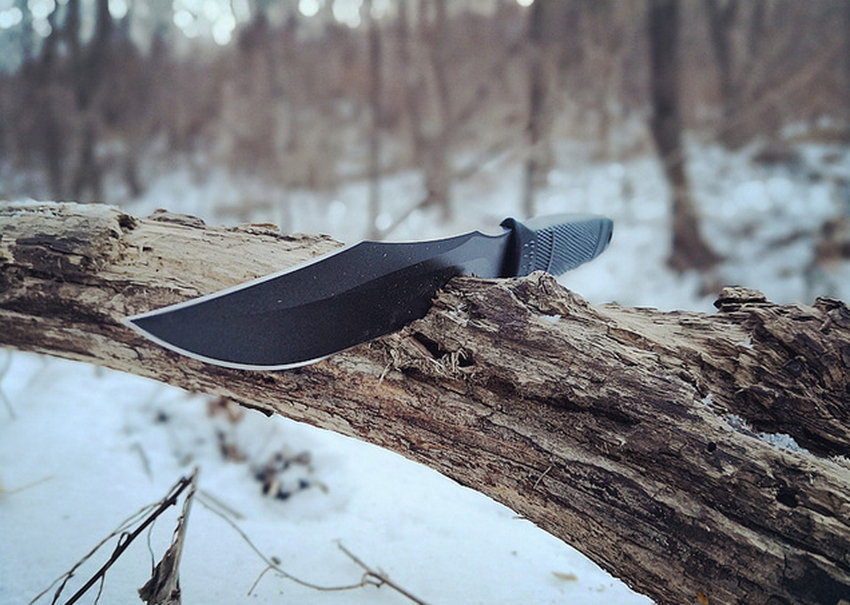
Metal surface blackening process
(Pay attention! Must be steel or iron parts! Alloy parts are not included!)
Some friends like DIY parts, accessories. However, after completion, it is often faced with the problem of surface treatment, or is not satisfied with the
original color, especially the need to achieve the surface color and rust prevention effect.
The surface treatment of steel parts generally has two kinds of alkaline oxidation method and acid oxidation method. Acid oxidation is also known as
"bluing". The purpose is to form a layer of oxide film on the metal surface to prevent the metal surface from being corroded, acid oxidation method
is also known as "phosphating" (most of the international military enterprises have adopted this method), which has better wear resistance and
corrosion resistance than bluing. The oxidized film formed after the "bluing" treatment on the surface of iron and steel products is mainly composed
of ferric oxide. Dark blue or dark black.
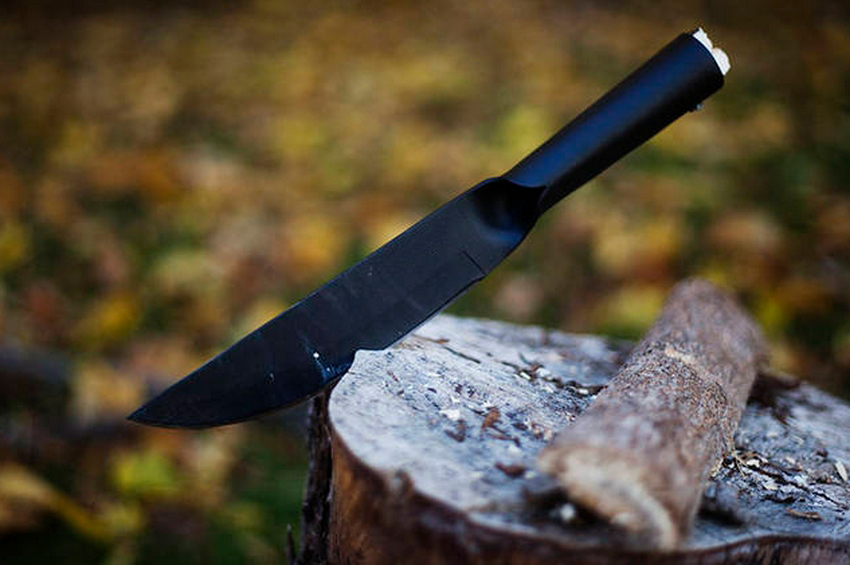
Here's how to do both at home.
First, alkaline oxidation method "blue" liquid medicine
1. Formula
Sodium nitrate 50~100g, sodium hydroxide 600~700g, sodium nitrite 100~200g, water 1000g
2. Preparation
After measuring according to the formula, under the stirring condition, add each material in turn, dissolve, and mix evenly.
3. Process
(1) The metal surface must be washed and dried, and after oil removal, it can be "blue" treatment. It is recommended to use washing powder
water to scrub, and then soak 1:100 dilute hydrochloric acid for 1-5 minutes to remove oil and impurities.
(2) Put the parts to be treated into the iron bucket and "boil" together with the solution for about 1 hour.
(3) After metal "blue" treatment, it is best to rinse with hot soapy water for a few minutes, and then rinse with cold water. Then, rinse with hot
water and blow dry. Finally, the surface is coated with oil for sealing protection.
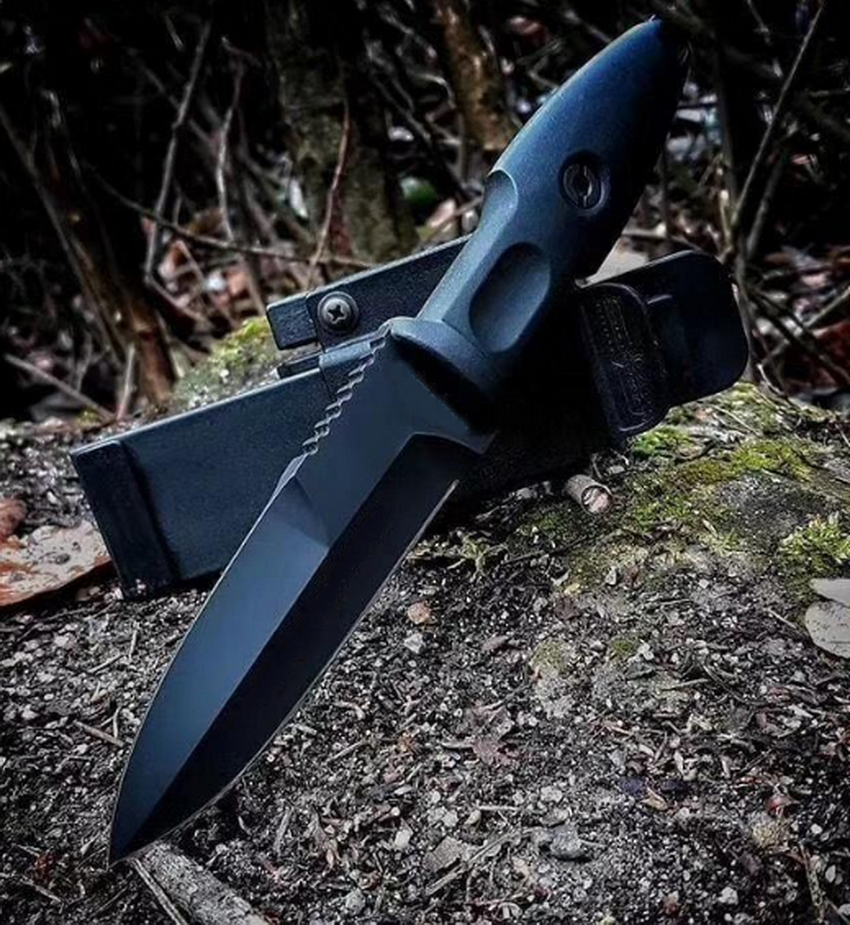
Second, acid oxidation method "phosphating" liquid medicine
Step 1: Recipe
Phosphate 3~10g, calcium nitrate 80~100g, manganese peroxide 10~15g, water 1000g
Step 2: The preparation method and process are the same as alkaline bluing.
For stainless steel is generally difficult to deal with at home, stainless steel oxidation treatment: widely used in the military industry,
the surface color after treatment depends on the carbon content of the metal material and other components. Generally dark gray black, gray
and so on.
1, metal rust, oil removal
2, calcium phosphate 120g/L+ sodium superphosphate 150g/L+ water, matching into unsaturated solution.
3. The parts are suspended in solution and heated at 120 degrees Celsius for 40 minutes
4. Take out the parts and heat them to 600 degrees Celsius, then put them into the solution and heat them again for 10 minutes.
5, repeat the 3, 4 two-step process until the ideal surface phosphating layer (or color) is reached. The above method is the easy operation of
the family!
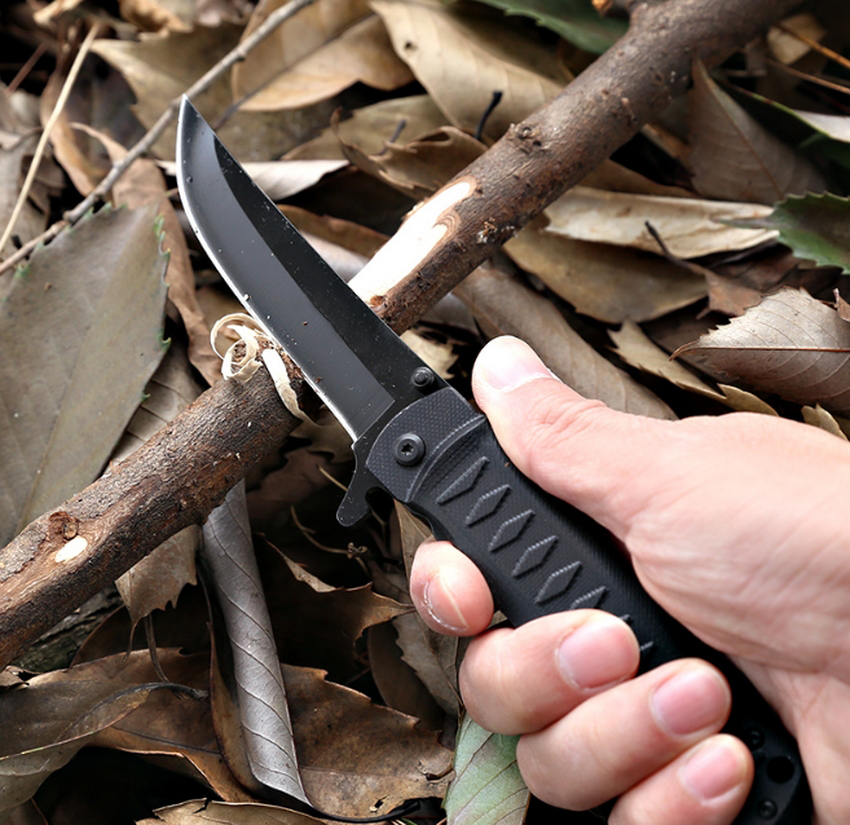
Another easy way to supplement: a bottle of coke, a bottle of white vinegar. Put the parts into the cola, pour the vinegar down, wait 1 to 2 hours
later, the color is determined by the amount of vinegar poured, but the color issued by this method is not pure black, but gray black.
Outdoor knife maintenance
Daily maintenance is an important step to love knives and knives, knives more difficult to solve the problem is rust, if you do not maintain properly,
any tool will rust, that is, the use of stainless steel manufacturing. After the tool is used, the blade should be cleaned with warm water and detergent,
and then coated with anti-rust oil after drying. If you do not use the tool for a long time, you had better apply a layer of anti-rust oil or lubricant on
the surface of the blade to prevent the blade from rusting. If your knife is unfortunate enough to rust, rub the grease on the cotton cloth gently over
the rusty area, and the rust will be easily removed.
There are many reasons why the opening and closing of the blade become not smooth, among which the most common is that the shaft of the knife
is stuck with dust, sand, debris in the pocket, etc., which needs to be cleaned regularly. You can carefully brush around the shaft with a clean, fine brush
in warm water, or spray it with a high pressure gun, and then grease it (note: All jackknife shafts need to be lubricated regularly to keep the opening
and closing smooth).
